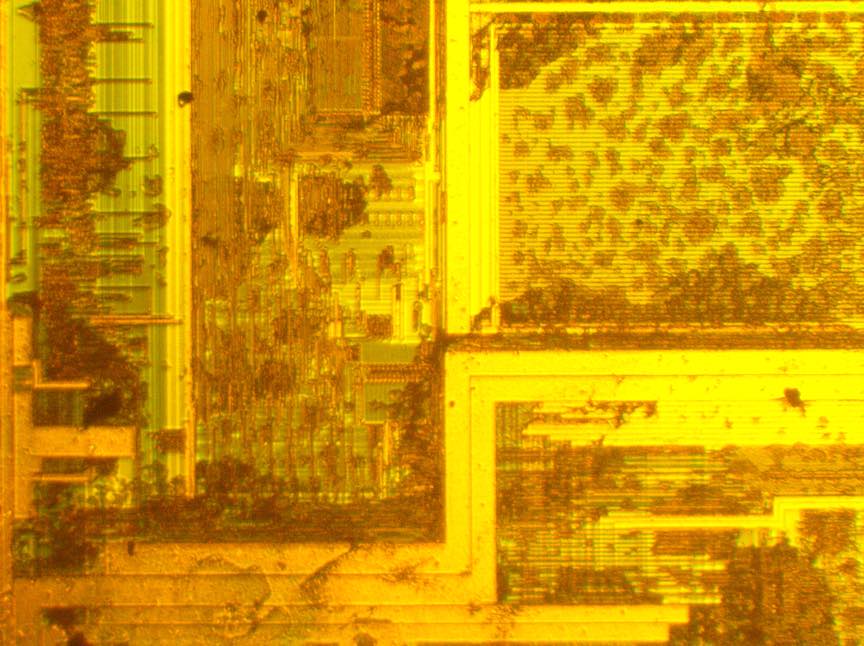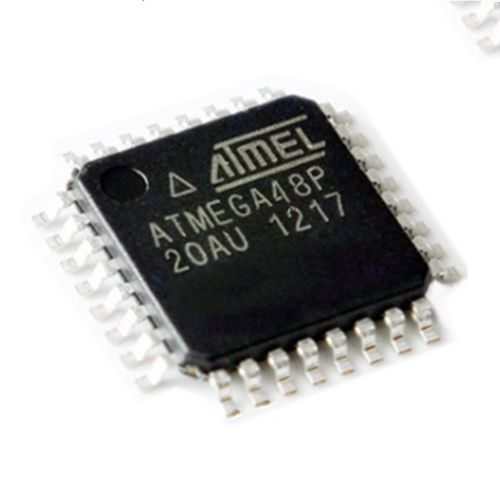ATMEGA48P MCU Flash Code Replicating
Secured ATMEGA48P MCU Flash Code Replicating needs to break microprocessor atmega48p security fuse bit, and then copy flash heximal file to new microcontroller atmega48p;

For AVR microcontrollers with Timer/Counter Oscillator pins (TOSC1 and TOSC2), the crystal is connected directly between the pins. By programming the CKOPT Fuse, the user can enable internal capacitors on XTAL1 and XTAL2, thereby removing the need for external capacitors. The Oscillator is optimized for use with a 32.768 kHz watch crystal. Applying an external clock source to TOSC1 is not recommended.
Writing the calibration byte to this address will trim the Internal Oscillator to remove process variations from the Oscillator frequency. During Reset, the 1MHz calibration value which is located in the signature row High byte (address 0x00) is automatically loaded into the OSCCAL Register when unlock atmega8 microcontroller flash program. If the internal RC is used at other frequencies, the calibration values must be loaded manually.

This can be done by first reading the signature row by a program- mer, and then store the calibration values in the Flash or EEPROM. Then the value can be read by software and loaded into the OSCCAL Register by breaking protected atmega8l mcu locked memory. When OSCCAL is zero, the lowest available frequency is chosen. Writing non- zero values to this register will increase the frequency of the Internal Oscillator.
Tags: reproducir exactamente archivo binario de memoria de microordenador protegido,reproducir exactamente microcontrolador protegido eeprom datos heximal,reproducir exactamente programa de firmware incrustado MCU IC cifrado,reproducir exactamente software de memoria flash de microprocesador bloqueado

